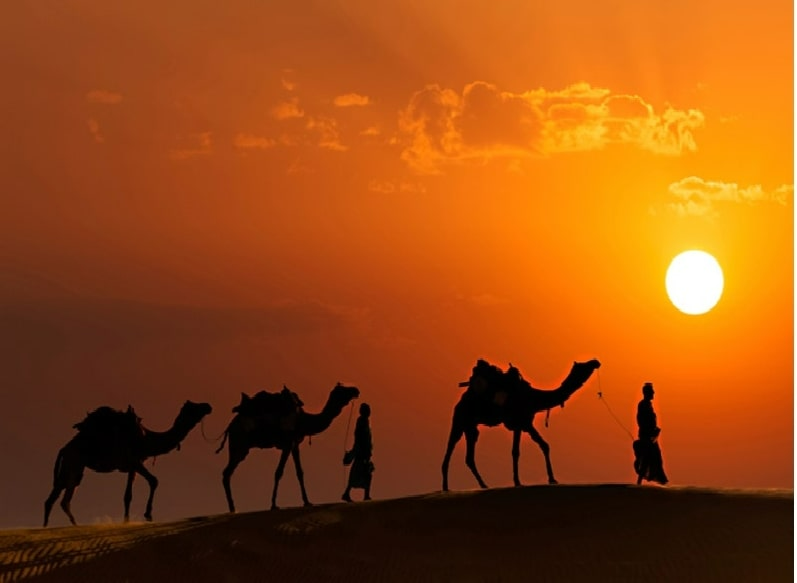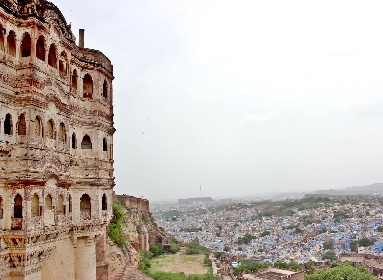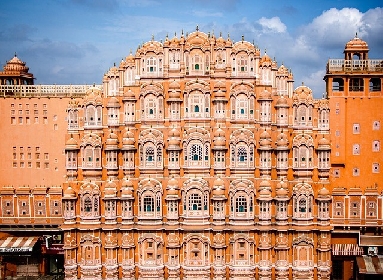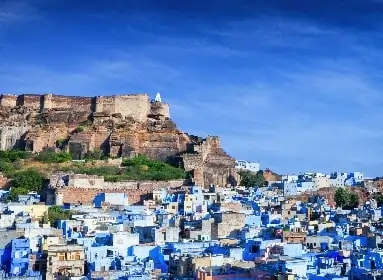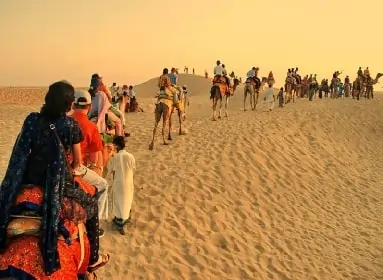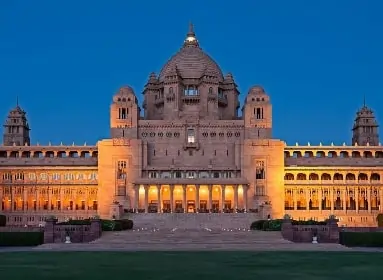Rajasthan replenishment tourism has the honor to be called an integral part of Indian tourism as it shows and creates the true aura of tourism in India. As the royal state of our country, Rajasthan has this type of tourism that can potentially attract tourists.
The best season to travel to Rajasthan mainly depends on what you have in mind when visiting the state. While the summers are quite hot in Rajasthan they may not be the best time to visit Rajasthan as the temperatures can severely impact your sightseeing plans. The winters are generally considered to be the best season to visit Rajasthan. However, it all depends on what you have planned from Jaipur Tour Packages and how much you can take the heat. A little knowledge of what the temperature and weather are like throughout the year can help you plan your itinerary better. Most tourists visit Rajasthan to experience an exotic type of vacation experience, wildlife expedition, luxury vacation, heritage tourism, and ethnic tourism.
Rajasthan during the different seasons:
Winters: The winter season of the state of Rajasthan tends to bring a new kind of beauty to tourism and offers excellent views of the state. The winters are considered to be the best season to visit Rajasthan. While various parts of India experience extreme temperature drops and cold weather, the princely state enjoys a temperate climate with temperatures between 10C and 30C in most parts. Winters in Rajasthan generally begin in October and last through January. While it is nice and sunny during the day, the nights, in particular, get cool at this time of year. The arrival of winter heralds the high season for tourism in the state with destinations such as Jaisalmer, Jodhpur, Bikaner, and Jaipur growing as a big favorites among tourists.
Another major reason that makes winter the best time to travel to Rajasthan is the array of colorful and exciting fairs and festivals that take place in different cities. Some of the most popular festivals that the state is known for including the Jaipur Literature Festival, Udaipur World Music Festival, Camel Fair, and Pushkar Fair are held during the winter season. Therefore, if you visit Rajasthan in winter, you can experience the culture of Rajasthan a little closer.
Monsoons: During this time the monsoons have arrived, drenching the sandy and arid structure of the state, and peacocks can also be seen dancing to the sound of the plover, while the entirety of this desert paradise appears like a magic wand in the hands of an intangible, magician divine.
Rainfall in Rajasthan ranges from 100 to 165 mm during the monsoon season. The presence of impermeable rocks in the western parts of Rajasthan can also cause them to be flooded.
Visit Rajasthan in the monsoon season, and you'll be greeted with dancing peacocks, rainbows, and rich foliage. You'll also catch up on some cultural extravaganzas as different parts of the state gear up for the Teej Festival in the monsoon season. One of the best places in Rajasthan during the monsoon season is Udaipur, famous for its beauty and nature
Summers: The temperatures in summer reach 48 degrees and the days are quite humid and hot. Plus, the golden sands of the Thar Desert glisten under the blazing hot rays of the midday sun. The scorching heat and high temperatures make life difficult for the people here. Temperatures in the areas around the Thar Desert are usually the harshest. However, summers are quite pleasant in places like Mount Abu, Ranakpur, and Kumbhalgarh in Rajasthan, which are the places where most tourists flock when visiting the state at this time of the year.
For people who suffer from extreme weather conditions, this might not be the best time to visit Rajasthan. However, if you plan on coming to Rajasthan at this time of year, make sure you pack things like sunscreen and light, comfortable cotton clothing. You can book your tour from Jaipur Tour Packages
